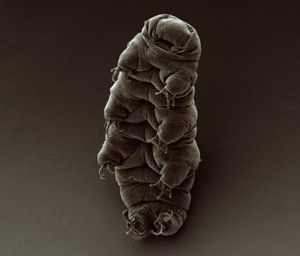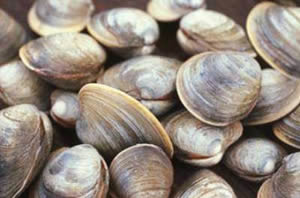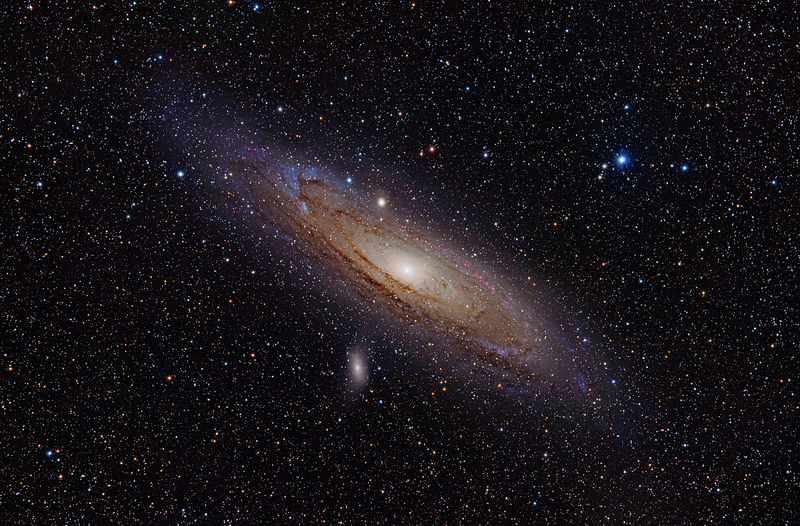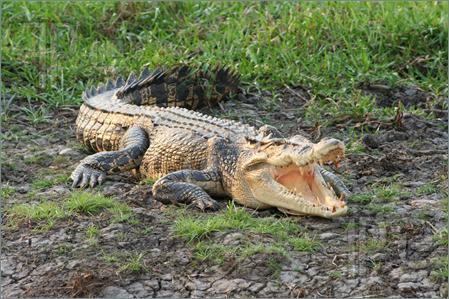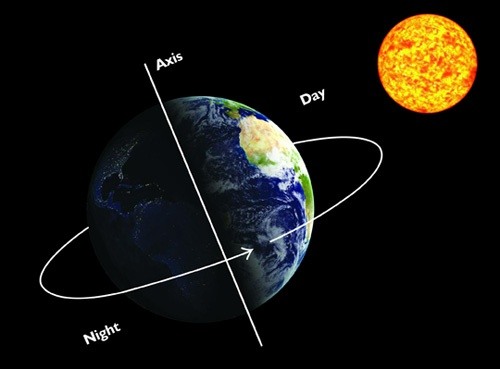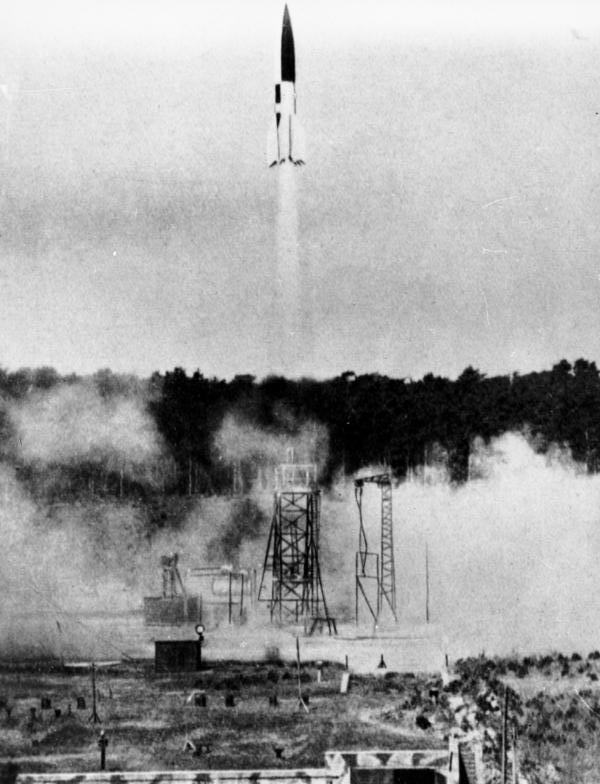You’d think nothing could survive the extreme conditions of space but the Tardigrade (often called the waterbear) proved it possible.
In 2007 dehydrated Tardigrades were taken into low Earth orbit and exposed to the vacuum and harsh radiation of space. One group was exposed to the vacuum but protected from ultra-violet radiation, while the other group was exposed to both. Upon arrival back on Earth they were rehydrated.
More than 68% of the waterbears exposed to the vacuum of space were revived within 30 minutes. The waterbears exposed to both vacuum and radiation fared poorly in comparison. Only three survived.
Waterbears are considered extremophiles because of their ability to tolerate temperatures ranging from near absolute zero to beyond the boiling point of water, as well as high pressure environments and radiation levels that would kill a human.
Perhaps the most fascinating feature of the waterbear is its ability to suspend its metabolism and survive in a dehydrated state for up to a decade. A protective sugar is produced to protect the waterbear’s organs and membranes, allowing the Tardigrade to reduce its metabolic activity to 0.01 percent its normal level. The animal is able to reverse this process once conditions become favourable.
Short answer: Scientists have proven the waterbear, a millimetre-long aquatic eight-legged animal, is one species of animal that can survive in space.
